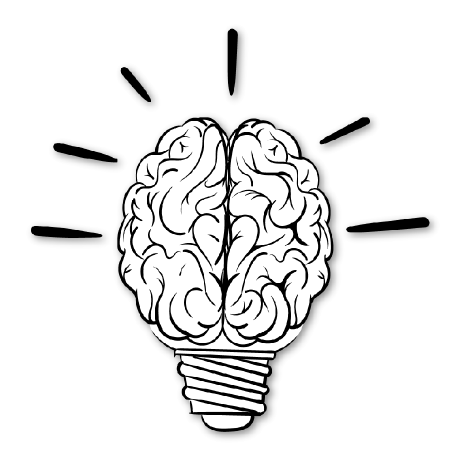
Exploring Fractals: The Mathematical Beauty of Infinite Complexity
Fractals are captivating mathematical objects that exhibit intricate detail and infinite complexity. From the elegant and self-similar Mandelbrot set to the mesmerizing patterns found in nature, fractals have captured the imagination of mathematicians, artists, and scientists alike. In this article, we will delve into the fascinating world of fractals, exploring their definition, properties, and real-world applications.
What are Fractals?
Fractals are geometric shapes or sets that exhibit self-similarity at various scales. This means that as you zoom in on a fractal, you will find smaller copies of the same shape or pattern, repeating infinitely. Unlike regular geometric shapes with smooth curves and well-defined dimensions, fractals possess intricate and often irregular structures.
The Mandelbrot Set
One of the most famous and visually stunning fractals is the Mandelbrot set. Discovered by Benoit Mandelbrot in the 1970s, it is generated by a simple iterative formula in the complex plane. The set is composed of points that do not escape to infinity under repeated iteration. When visualized, the Mandelbrot set reveals a mesmerizing array of intricate shapes, spirals, and filaments, forming an astonishingly detailed landscape.
Self-Similarity in Fractals
Self-similarity is a key property of fractals. It means that regardless of the scale at which you observe a fractal, you will find patterns that resemble the overall shape. This property gives fractals their infinite complexity and allows for an infinite zooming effect. The recursive nature of fractals often leads to beautiful and unexpected visual structures.
Fractals in Nature and Art
Fractal patterns can be found abundantly in nature. From the branching patterns of trees and blood vessels to the intricate forms of snowflakes and coastlines, nature manifests fractal geometry. Artists have also embraced fractals, using them as inspiration for visually stunning works. Fractal art combines mathematical algorithms with artistic creativity, resulting in captivating images that explore the infinite depths of fractal complexity.
Fractals and Chaos Theory
Fractals are intimately connected to chaos theory, a branch of mathematics concerned with complex and unpredictable systems. Fractal sets often exhibit chaotic behaviour, characterized by sensitivity to initial conditions and a complex interplay of deterministic rules. Fractals offer a visual representation of chaotic systems, providing insights into the complex dynamics of natural phenomena like weather patterns and population growth.
Practical Applications of Fractals
Beyond their aesthetic allure, fractals find practical applications in various fields. In computer graphics and animation, fractals are employed to generate realistic terrain, simulate natural phenomena, and create visually stunning special effects. Fractals also have applications in data compression, image compression, and signal processing, where they offer efficient methods for encoding and decoding information.
Conclusion
Fractals are captivating objects that merge mathematics, art, and science. Their infinite complexity, self-similarity, and connection to chaos theory make them a fascinating topic of study. From the abstract realm of mathematical equations to the intricate patterns found in nature and the stunning visual landscapes created by artists, fractals continue to inspire and amaze us. By exploring fractals, we unlock a world of infinite beauty and uncover the hidden structures that underlie the complexity of our universe.


